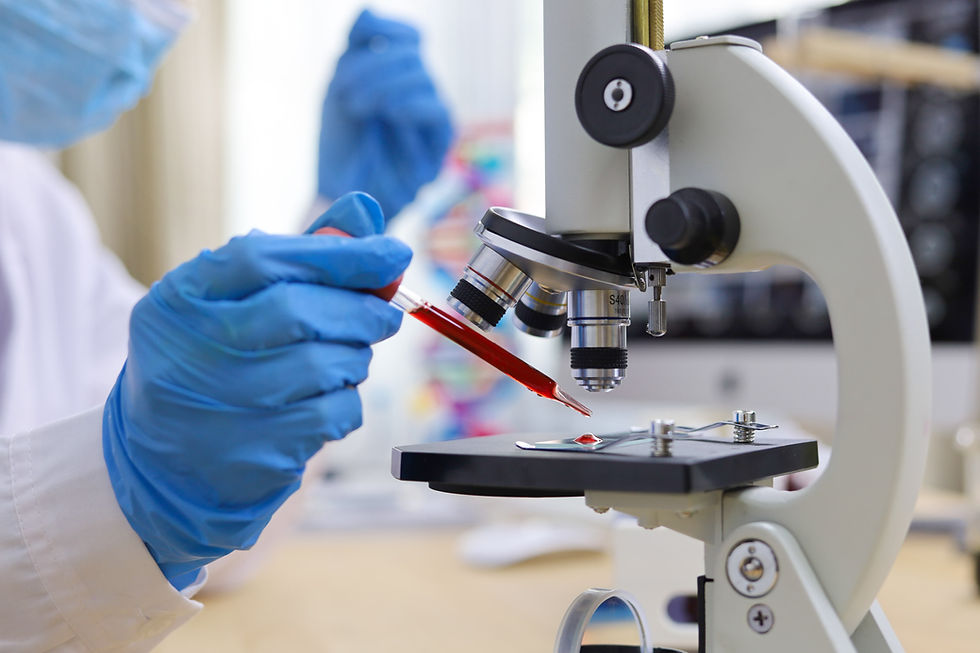How to Prepare for Your Blood Draw: Expert Tips for a Smooth Experience
- Damian Lopez
- Dec 4, 2024
- 2 min read

A blood draw might seem like a simple task, but preparing for it properly can make a big difference. Whether you’re new to getting lab work done or it’s a routine part of your healthcare, following these tips will ensure your experience is as smooth and stress-free as possible.
1. Follow Fasting Instructions
If your doctor has requested fasting before your blood draw, it’s crucial to follow their guidelines. Typically, fasting requires you to avoid food and drinks (except water) for 8–12 hours before your appointment. This is especially important for tests like glucose or cholesterol checks, where eating could affect the results.
Pro Tip: Schedule your appointment early in the morning to make fasting easier—sleeping through most of the fasting period helps!
2. Stay Hydrated
Drinking plenty of water before your blood draw helps make the process easier. Staying hydrated plumps up your veins, making them easier to locate for a quick and painless draw. Aim to drink a glass or two of water before your appointment.
Note: Avoid beverages like coffee, tea, or soda, especially if fasting is required, as they can impact your test results.
3. Wear Comfortable Clothing
Choose clothing that allows easy access to your arm, such as a short-sleeved shirt or a top with sleeves you can roll up easily. This saves time and ensures you’re comfortable during the procedure.
4. Bring Necessary Documentation
Ensure you have all required paperwork, such as your lab order, insurance information, and identification. If you’re using a mobile phlebotomy service like Vital Veins, confirm that you’ve completed any necessary forms beforehand.
5. Relax and Stay Calm
If you’re nervous about needles, you’re not alone. Many people experience anxiety before a blood draw. To ease your nerves:
Take deep breaths to relax your body.
Distract yourself by listening to music or thinking about something enjoyable.
Let the phlebotomist know if you’re feeling anxious—they’re trained to help you stay calm.
6. Inform Your Phlebotomist of Any Concerns
Be sure to share any relevant health information, such as if you’re prone to fainting, have a condition that affects your blood flow, or take medications that thin your blood. This helps your phlebotomist provide the best care possible.
7. Post-Draw Care
After your blood draw, apply gentle pressure to the site to prevent bruising, and keep the bandage on for at least an hour. Avoid heavy lifting or strenuous activities with that arm for the rest of the day. If you feel lightheaded, take a moment to sit down and rest.
Why Proper Preparation Matters
Proper preparation ensures your blood draw is quick, comfortable, and yields accurate test results. By following these steps, you’ll make the process easier for yourself and the phlebotomist. At Vital Veins Mobile Phlebotomy, we prioritize your comfort and convenience. Our skilled professionals bring expert care directly to your home or workplace, making blood draws stress-free.
Ready for a Seamless Blood Draw?
Whether it’s a routine test or a STAT order, Vital Veins Mobile Phlebotomy makes the process simple and stress-free. Book your appointment today and experience the convenience of professional care that comes to you.




Comments